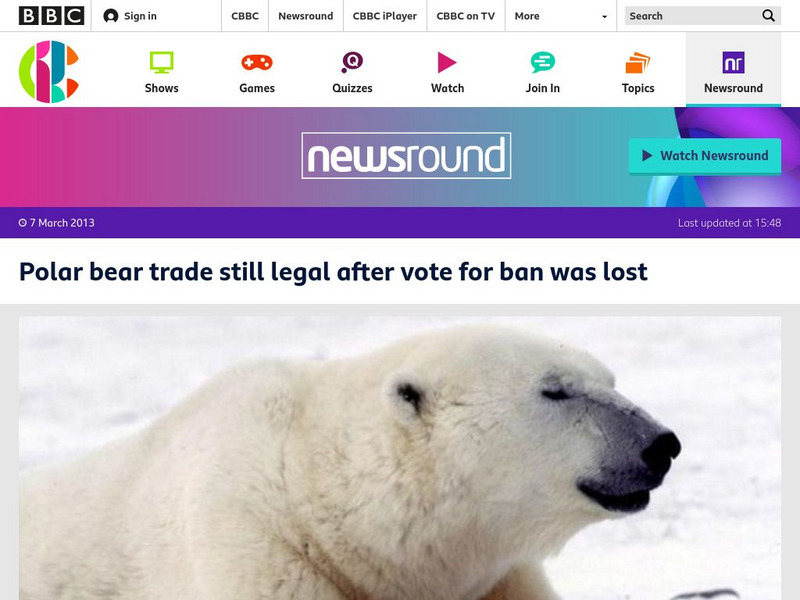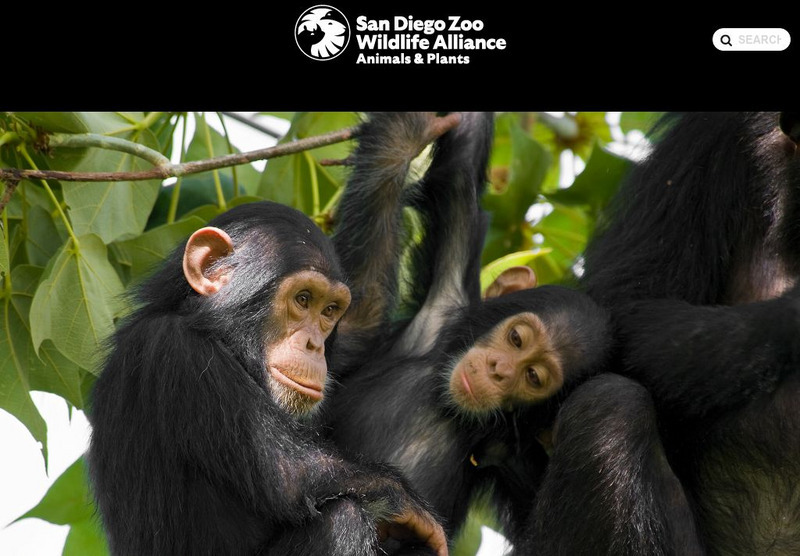Hi, what do you want to do?
Other
Hilton Pond Center
This Hilton Pond Center site is a resource for teachers, students and researchers who are interested in the environment and environmental conservation of animals and plants.
Other
Whozoo: Desert Horned Viper
Special adaptations of the Desert Horned Viper are featured on the WHOZOO website. This endangered species lives in the sand and rocks of the deserts of North Africa, Israel, Arabia, and the Sinai peninsula.
Smithsonian Institution
Tween Tribune: Giraffes Now Rarer Than Elephants
There are many animals at risk around the world. Scientists have determined that the giraffe population is shrinking.
Other
Indiana.gov: Indiana State Division of Fish and Wildlife
Home of the State of Indiana's Division of Wildlife. This resource is small, but does offer a photo gallery and some information about the animals that can be found in Indiana. It also gives information about three current restoration...
Sea World Parks & Entertainment
Animal Bytes: African Cape Buffalo
Provides users with a concise list of information helpful to anyone wanting to know more about these South African ungulates. Contains scientific classification of these animals, fast facts, fun facts as well as additional information on...
Kidport
Some Animals Live in Rock Caves
This site has brief illustrations and sample locations as to where the tiger, the bear, the moray eel and bat live.
Other
Nh F&w: Nongame and Endangered Wildlife Program
New Hampshire offers a problem/solution section of their conservation page that illustrates wildlife management challenges in varied habitats.
PBS
Pbs Nature: Orangutans
Come and check out this awesome resource on orangutans. Students who need help narrowing their informational search will benefit from this clear and concise resource.
PBS
Pbs Nature: Elephants
Did you know that the elephant is the largest animal in the world? Discover more about where they live, what they eat and how they socialize when you visit this site.
Lincoln Park Zoo
Lincoln Park Zoo: Black Rhinoceros
Provides a detailed description of black rhinoceros. Information offered ranges from their physical description to special adaptations that they have.
Read Works
Read Works: Protecting the Platypus
[Free Registration/Login Required] An informational text about the platypus and efforts being made to protect it and its habitat. A question sheet is available to help students build skills in reading comprehension.
Bagheera
Bagheera: Malayan Sun Bear
This site takes a look at the physical characteristics, habitat, and natural history of the Malayan Sun Bear. Special attention is given to the causes of endangerment to this bear, as well as current conservation efforts. Additional...
PBS
Nh Pbs: Nature Works: Barn Owl
Find out more about the barn owl when you explore this educational resource. This site features information on the habitat, range, reproduction, characteristics and more of this fascinating bird of prey.
PBS
Nature: Cheetah
What are some of the cheetah's distinctive characteristics? Come and check out this resource featuring fun facts and information about the cheetah.
Sheppard Software
Sheppard Software: Rhinoceroses
See pictures of the rhinoceros and find out about the different species, where they live, and why they are endangered.
Smithsonian Institution
Smithsonian National Zoo: Asian Elephants
Read about the endangered Asian Elephant. Find out what it likes to eat, where it lives, and its behaviors. Click on the links to the left for more information.
PBS
Pbs Teachers: Scientific American: The New Zoos: Tuna in the Tank
Investigate how scientists track the world's most valuable and endangered fish. Define the range of an individual based on observations made over the course of a day.
Royal British Colombia Museum (Canada)
Kids Page: Whales [Pdf]
An activity handout for students on the topic of the varied species of whales, dolphins and porpoises found in British Columbia. The handout is in PDF format.
US Fish and Wildlife Service
U.s. Fish and Wildlife Service: Listed Species Believed to or Known to Occur in Each State
This page was created for quick access to pages that offer the most recent fact sheets, life history, and regulatory information for different animal species. Choose a state in the list to find a listing of animal species, and follow...
BBC
Bbc Newsround: Polar Bear Trade Still Legal
Read why a proposed international ban on the polar bear trade was recently dropped.
San Diego Zoo Global
San Diego Zoo: Bonobo
This resource provides extensive information about the bonobo, including the differences between bonobos and chimpanzees. A video and photos are also provided.
San Diego Zoo Global
San Diego Zoo: California Condor
This resource provides detailed information about the California condor, as well as several pictures.
San Diego Zoo Global
San Diego Zoo: Chimpanzee
This resource provides detailed information about the chimpanzee, as well as several pictures and audio clips.
San Diego Zoo Global
San Diego Zoo: Alligators & Crocodiles
This resource provides detailed facts about alligators and crocodils, including how to distinguish between a crocodile and an alligator, information on their eating habits, how a mama crocodile protects her young, and more. There are...








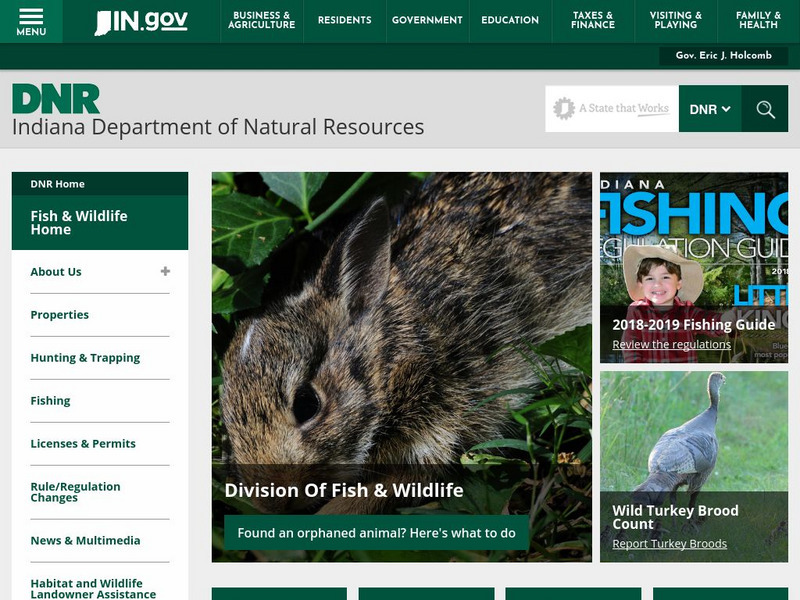



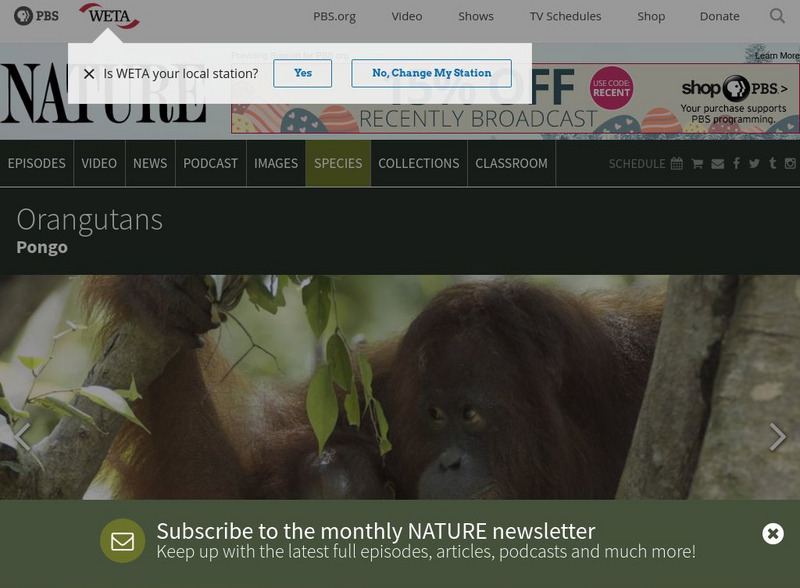
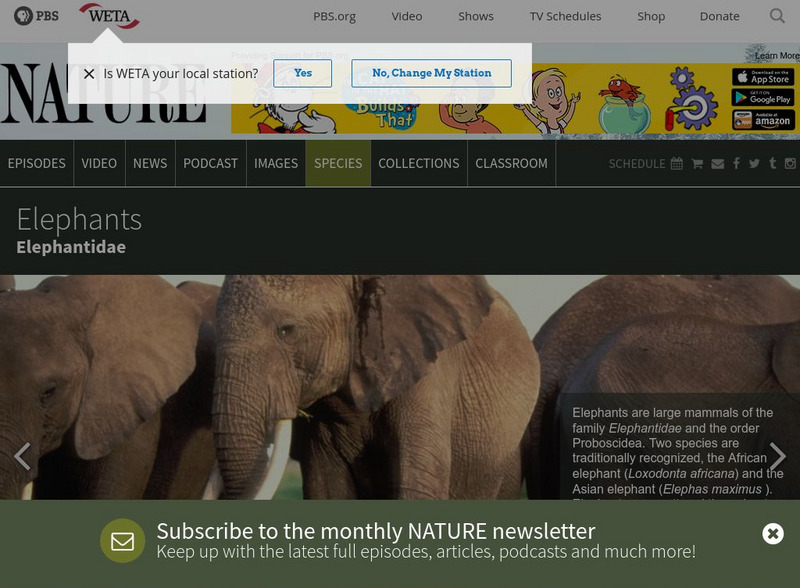
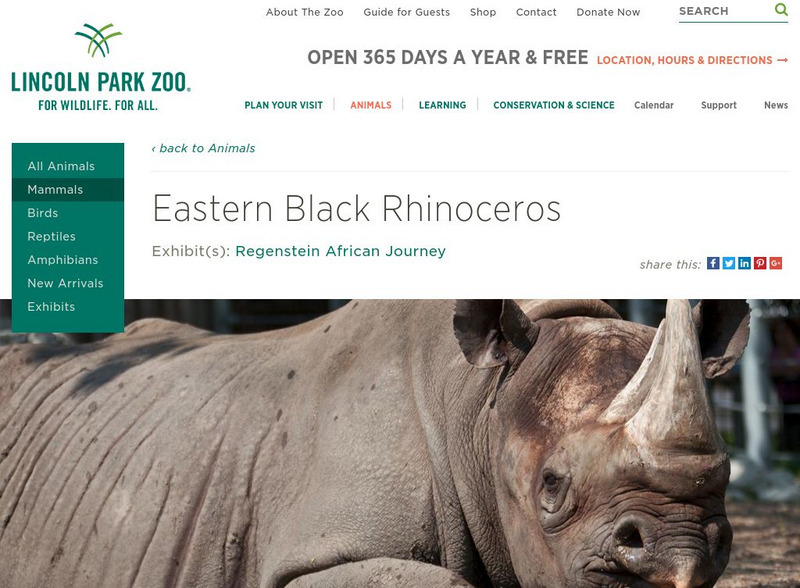
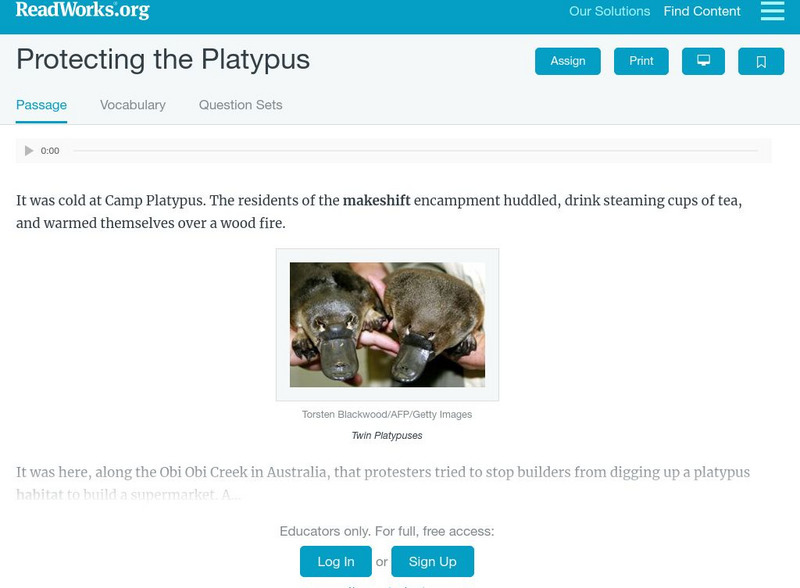

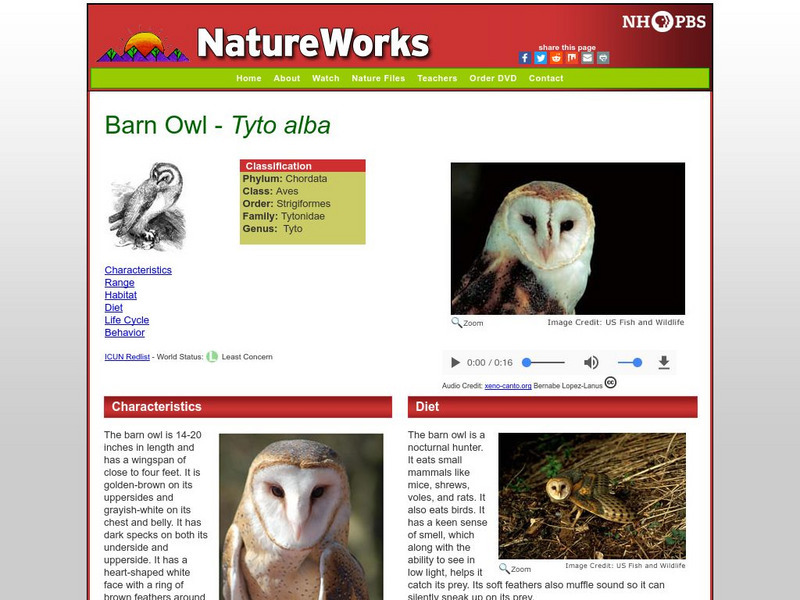




![Kids Page: Whales [Pdf] Website Kids Page: Whales [Pdf] Website](https://static.lp.lexp.cloud/images/attachment_defaults/resource/large/FPO-knovation.png)
